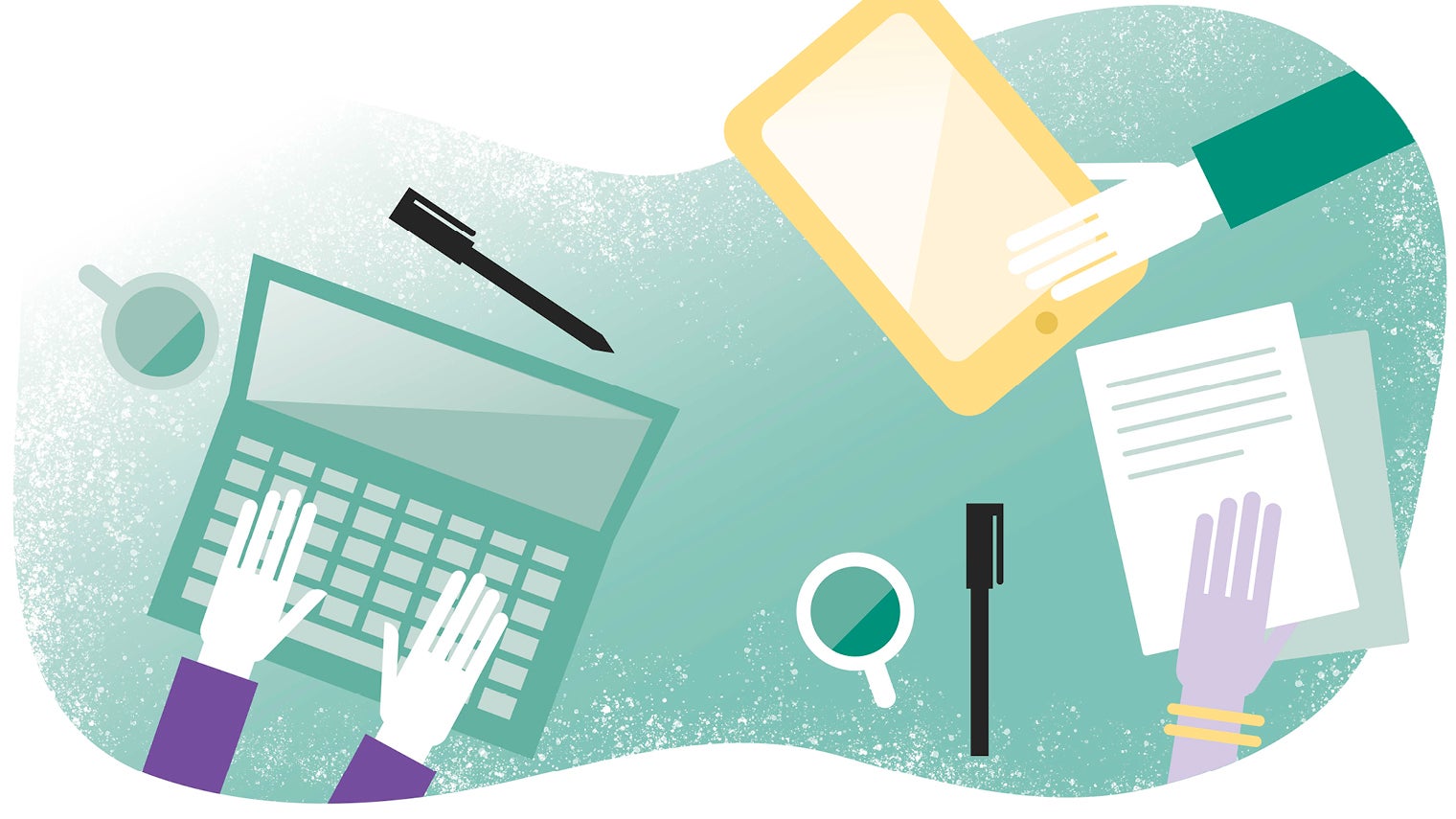From the window behind your desk you can just see Rio’s Ipanema beach. The last street lights are blinking off as the sun rises. You’ve been up since 5am - the only time of day when you, the London head office and your colleagues in Tokyo are in the same time zone. This morning’s video conference was only a quick update but it’s great to check in ‘face to face’.
It’s hard to believe that just six months ago you met with your boss to discuss your plans to travel and work for the next year. It was a negotiation rather than a demand: what work or projects would be best suited to someone outside of headquarters? What tools and technology would be needed to make the transition as smooth as possible?
You’ve learned that you don’t have to be online to prove you’re working
As it turns out, you can work from almost anywhere so long as the internet connection is fast and stable and you’ve got your laptop. Before picking your next location, you do your research. Sometimes this has meant choosing cities over rural locations and contacting people on the ground for a first-hand assessment of living costs, climate, internet speeds and co-working spaces for when you need more human contact - though your current early starts rule this out. Rio’s been great for the past month, but you’ve heard it’s possible to work from Bali, escaping city life, and it might be cheaper too.

Slack, Whatsapp, FaceTime and your web camera have become essential pieces of kit. Within Slack, a whole remote office environment has been created so you can still catch up informally with colleagues in the ‘coffee break’ channel, comment on the office redesign in ‘office life’ and join meetings in ‘the boardroom’.
Sometimes, if you’re collaborating on a project or just want to recreate having a desk neighbour two of you will leave your webcams on while you work. The background noise and chatter recreate the informal aspects of office working and help you feel part of a team. Crucially your colleagues have learned when you’re available and when you’re not, and you’re careful not to log in outside of working hours. You’ve learned that you don’t have to be online to prove you’re working. This is essential or the tools that enable your remote working will take away the work-life balance you hoped travelling would provide.
You can work from almost anywhere so long as the internet connection is fast and stable and you’ve got your laptop
When you’re in a time zone behind London, you have the afternoons free to work on more strategic projects and planning, free from the distraction of meetings or enquiries from colleagues. Working remotely has made you feel more proactive at work as a result.
Soon you’ll return to London - every quarter you go back to meet with colleagues in person. You’re looking forward to telling them about your adventures; you’re not looking forward to the UK in winter. But that’s weeks away. For now, it’s a day of work followed by an evening run along Rio’s most beautiful beaches and drinks in the samba bars of Lapa - your old work life can wait.
“You disconnect from the everyday of the firm and come back with a fresh pair of eyes”
Design and architecture practice 00 is based in London but project director Tim Ahrensbach, 32, has spent the past 16 months in Mexico City. The decision to work 5,500 miles away from HQ was prompted by a work opportunity for his Switzerland-based partner. In a previous role Mr Ahrensbach had worked from six countries in two years, then divided time between London and Switzerland. This was a chance to live in the same city.

In Mexico, the time difference proved very challenging: “The first thing I’d do when I woke was check my phone. I manage several co-working spaces and something might have happened overnight.”
Working five hours behind London did lead to less firefighting and more planning, learning and strategy work in his afternoons. Managing people remotely and feeling removed from decision-making has been tricky, he says: “If you look at work as only delivering a project then it [remote working] works - things gets executed well. In terms of the stuff you do informally that’s not billable to a specific product, that is lost.”
The “rapid collaboration and idea generation” of design work is also hard to recreate remotely. But working nomadically has led to new endeavours, says Mr Ahrensbach, who will soon split time between Denmark and London: “You disconnect from the everyday of the firm and come back with a fresh pair of eyes. I don’t think I would have got to my next project if I hadn’t gone away. My next step could have been outside the company.”


“You disconnect from the everyday of the firm and come back with a fresh pair of eyes”

